Teatro Español
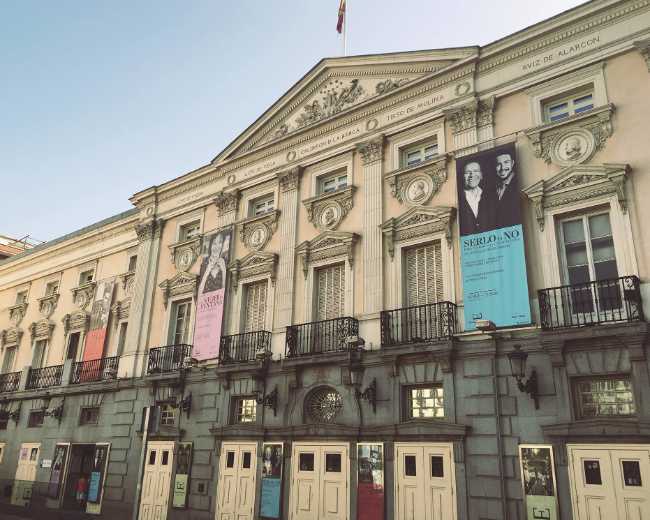
The Teatro Español in Madrid is one of the oldest theatres in the world, with origins dating back to the 16th century. Located on Calle del Príncipe, near Plaza de Santa Ana, it was originally known as Corral del Príncipe, an open-air playhouse where early Spanish dramas were performed. In 1744, the theatre was rebuilt as Coliseo del Príncipe, but a fire in 1802 led to its reconstruction by architect Juan de Villanueva, who expanded the stage and redesigned the façade. Renamed Teatro Español in 1849, it became a national theatre and has since hosted works by Spain’s greatest playwrights, including Cervantes, Lope de Vega, and García Lorca. The venue features two main halls: the Sala Principal, with 735 seats, and the Margarita Xirgu Hall, a smaller space for experimental performances. Guided tours offer insights into its rich history, while its central location makes it easily accessible by metro and bus. Whether attending a classic Spanish play or exploring its architectural beauty, Teatro Español remains a cultural landmark in Madrid.
Madrid SpainTeatro Español is located at Calle del Príncipe, 25, 28012 Madrid, anchoring the eastern edge of Plaza de Santa Ana in the city’s historic center. This grand neoclassical theater, rebuilt between 1887 and 1895, is one of the oldest in Europe and is administered by the City Hall of Madrid. Facing the theater on Plaza de Santa Ana is a statue of Federico García Lorca, and the square itself is a lively hub filled with terraces, cafes, and tapas bars. The neighborhood is packed with cultural venues, including the Ateneo de Madrid, and is just steps from the vibrant Calle de Huertas, the Barrio de las Letras, and several renowned flamenco tablaos such as Cardamomo and Tablao Flamenco 1911. The area is easily accessible by metro (Sevilla, Sol, and Antón Martín stations) and bus, making Teatro Español a central point for exploring Madrid’s literary and nightlife scene.
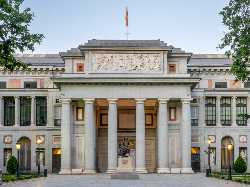 Museo Nacional del Prado
Madrid
Museo Nacional del Prado
Madrid
 Museo Nacional Centro de Arte Reina Sofía
Madrid
Museo Nacional Centro de Arte Reina Sofía
Madrid
 Thyssen-Bornemisza National Museum
Madrid
Thyssen-Bornemisza National Museum
Madrid
 Sorolla Museum
Madrid
Sorolla Museum
Madrid
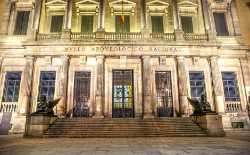 Museo Arqueológico Nacional
Madrid
Museo Arqueológico Nacional
Madrid
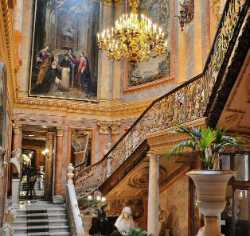 Museo Cerralbo
Madrid
Museo Cerralbo
Madrid
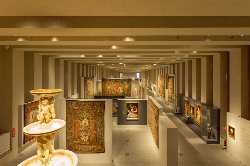 Galería de las Colecciones Reales
Madrid
Galería de las Colecciones Reales
Madrid
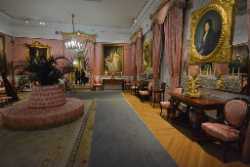 Museo del Romanticismo
Madrid
Museo del Romanticismo
Madrid
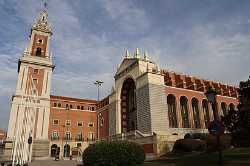 Museo de América
Madrid
Museo de América
Madrid
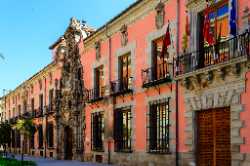 History Museum of Madrid
Madrid
History Museum of Madrid
Madrid
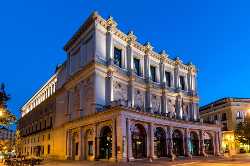 Teatro Real
Madrid
Teatro Real
Madrid
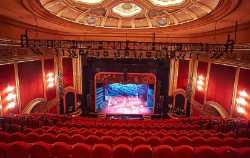 Teatro Lope de Vega
Madrid
Teatro Lope de Vega
Madrid
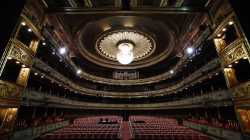 Teatro de la Zarzuela
Madrid
Teatro de la Zarzuela
Madrid
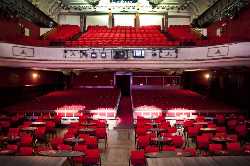 Teatro EDP Gran Vía
Madrid
Teatro EDP Gran Vía
Madrid
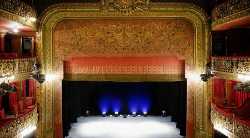 Teatro Lara
Madrid
Teatro Lara
Madrid
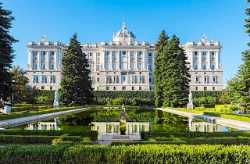 Royal Palace of Madrid
Madrid
Royal Palace of Madrid
Madrid
 Royal Palace of Aranjuez
Madrid
Royal Palace of Aranjuez
Madrid
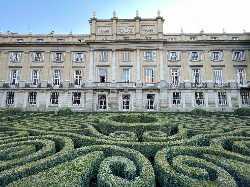 Liria Palace
Madrid
Liria Palace
Madrid
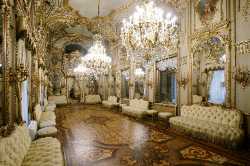 Palacio de Fernán Núñez
Madrid
Palacio de Fernán Núñez
Madrid
 El Retiro Park
Madrid
El Retiro Park
Madrid
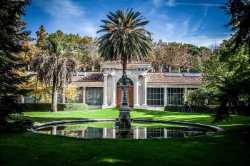 Real Jardín Botánico
Madrid
Real Jardín Botánico
Madrid
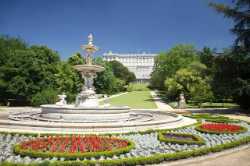 Campo del Moro Park
Madrid
Campo del Moro Park
Madrid
 Jardines de Sabatini
Madrid
Jardines de Sabatini
Madrid
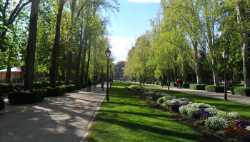 Casa de Campo Park
Madrid
Casa de Campo Park
Madrid
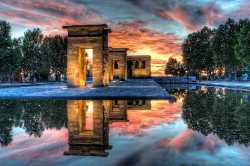 Temple of Debod Gardens
Madrid
Temple of Debod Gardens
Madrid
 Quinta de los Molinos
Madrid
Quinta de los Molinos
Madrid
 Mercado de San Miguel
Madrid
Mercado de San Miguel
Madrid
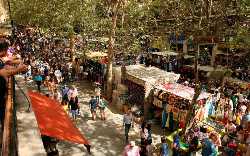 El Rastro
Madrid
El Rastro
Madrid
 Mercado de San Antón
Madrid
Mercado de San Antón
Madrid
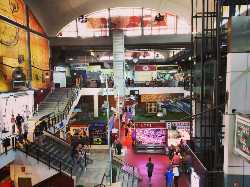 Mercado de la Cebada
Madrid
Mercado de la Cebada
Madrid
 Mercado de Maravillas
Madrid
Mercado de Maravillas
Madrid
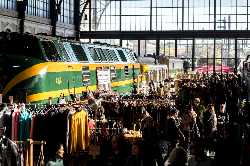 Mercado de Motores
Madrid
Mercado de Motores
Madrid
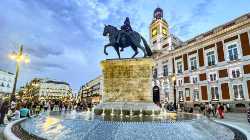 Puerta del Sol
Madrid
Puerta del Sol
Madrid
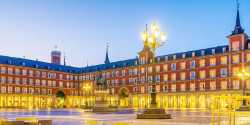 Plaza Mayor
Madrid
Plaza Mayor
Madrid
 Plaza de Cibeles
Madrid
Plaza de Cibeles
Madrid
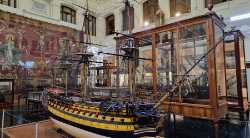 Naval Museum
Madrid
Naval Museum
Madrid
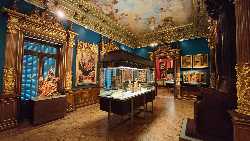 Lázaro Galdiano Museum
Madrid
Lázaro Galdiano Museum
Madrid
 CaixaForum Madrid
Madrid
CaixaForum Madrid
Madrid
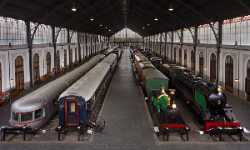 Museo del Ferrocarril
Madrid
Museo del Ferrocarril
Madrid
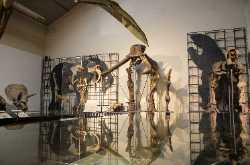 National Museum of Natural Sciences
Madrid
National Museum of Natural Sciences
Madrid
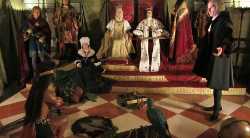 Wax Museum of Madrid
Madrid
Wax Museum of Madrid
Madrid
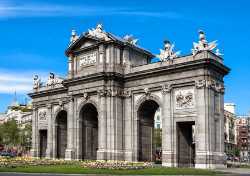 Puerta de Alcalá
Madrid
Puerta de Alcalá
Madrid
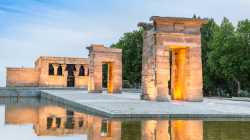 Temple of Debod
Madrid
Temple of Debod
Madrid
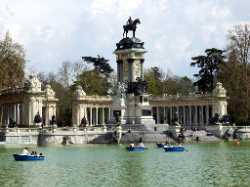 Monumento a Alfonso XII
Madrid
Monumento a Alfonso XII
Madrid
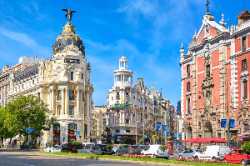 Gran Vía
Madrid
Gran Vía
Madrid
 Santiago Bernabéu Stadium
Madrid
Santiago Bernabéu Stadium
Madrid
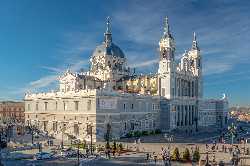 Almudena Cathedral
Madrid
Almudena Cathedral
Madrid
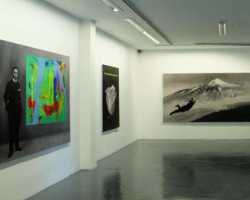 Galería Álvaro Alcázar
Madrid
Galería Álvaro Alcázar
Madrid
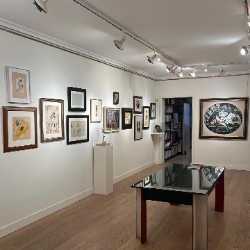 Guillermo De Osma
Madrid
Guillermo De Osma
Madrid
 Galeria Casado Santapau
Madrid
Galeria Casado Santapau
Madrid
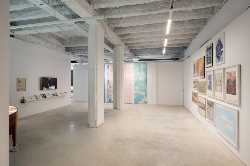 Nogueras Blanchard
Madrid
Nogueras Blanchard
Madrid
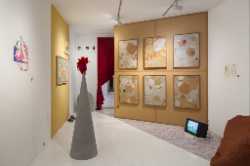 Travesía Cuatro
Madrid
Travesía Cuatro
Madrid
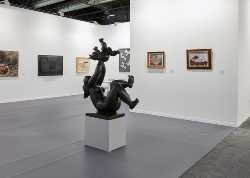 Leandro Navarro Gallery
Madrid
Leandro Navarro Gallery
Madrid
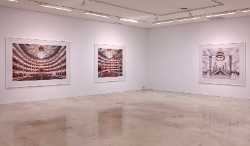 Helga de Alvear Gallery
Madrid
Helga de Alvear Gallery
Madrid
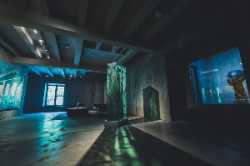 Espacio SOLO
Madrid
Espacio SOLO
Madrid
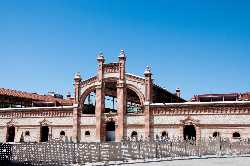 Matadero Madrid
Madrid
Matadero Madrid
Madrid
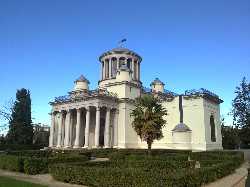 Real Observatory of Madrid
Madrid
Real Observatory of Madrid
Madrid
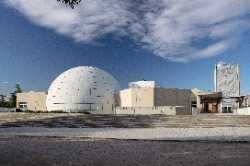 Planetario de Madrid
Madrid
Planetario de Madrid
Madrid
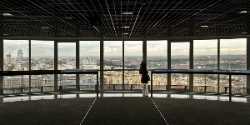 Faro de Moncloa Observation Tower
Madrid
Faro de Moncloa Observation Tower
Madrid